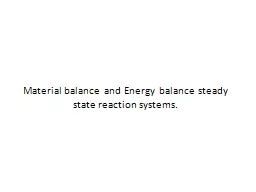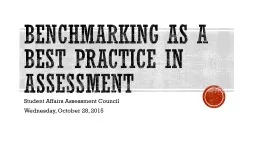PPT-Balance Benchmarking
Author : tawny-fly | Published Date : 2016-11-25
2011 24 th November 2011 Introduction Introduction In 2010 Bluegrass Research undertook a piece of work on behalf of Balance which benchmarked alcoholrelated perceptions
Presentation Embed Code
Download Presentation
Download Presentation The PPT/PDF document "Balance Benchmarking" is the property of its rightful owner. Permission is granted to download and print the materials on this website for personal, non-commercial use only, and to display it on your personal computer provided you do not modify the materials and that you retain all copyright notices contained in the materials. By downloading content from our website, you accept the terms of this agreement.
Balance Benchmarking: Transcript
Download Rules Of Document
"Balance Benchmarking"The content belongs to its owner. You may download and print it for personal use, without modification, and keep all copyright notices. By downloading, you agree to these terms.
Related Documents














